Introduction to Commercial Roofing Inspection
A commercial roofing inspection works to spot problems and save you a ton of money in the long run. It’s a look-over done by pros to see if your roof has any damage or wear. Think of it like a health check-up for your roof. The inspector will take a good look at everything, from the materials covering your roof to what’s under them. They’ll check for leaks, signs of aging, and any damage caused by weather or other factors. The goal? To catch any issues early on. This means you won’t have to fork out piles of cash for major repairs down the road. Remember, a sturdy roof is key to protecting your building, so this inspection could really save the day.
Why Regular Commercial Roofing Inspections are Critical
Regular commercial roofing inspections are key to keeping your building in top condition. Think about it like this: Your roof is your first defense against the weather. When it’s not in shape, you’re risking damage not just to the roof but to the entire building. Here’s the deal – without routine check-ups, small issues can grow into big, costly problems. Say a small leak goes unnoticed. Over time, it can lead to water damage, mold, and even structural issues that can be a nightmare to fix. Plus, catching problems early means you can often repair them at a lower cost than if they’re left to get worse. Another point to consider is your roof’s life span. Regular inspections can actually extend it, giving you more bang for your buck. And let’s not forget about warranties. To keep them valid, many require periodic professional inspections. So, in a nutshell, regular inspections save you money, prevent major damage, and can even keep your warranty intact. It’s a smart move for any business.
Preparing for a Commercial Roofing Inspection: What You Need to Know
Before a commercial roofing inspection kicks off, there are a few things you got to have in order. First, make sure all your documents related to the roof are rounded up. This might include warranties, previous inspection reports, and any records of repairs. Inspectors want to see this stuff. It helps them understand what they’re dealing with. Next up, give your roof a quick look. Clear any debris that’s lounging around. Leaves, twigs, all that jazz. It’s not just about being tidy; it makes the inspector’s job easier and can help in spotting issues faster. Also, ensure access to the roof is a cinch. If the inspector has to jump hurdles to get up there, it’s not starting off on the right foot. Lastly, have a chat with your building’s folks. Let them know an inspection is happening. This way, they’re not caught off guard by the inspector’s presence. Stick to these pointers, and the inspection should roll without a hitch.
The Role of the Commercial Roofing Inspector
The commercial roofing inspector plays a crucial role in maintaining the safety and functionality of your building’s roof. Think of them as the roof’s doctor. During an inspection, they meticulously check the roof’s condition to spot problems like leaks, damage, or wear and tear. Their job is to make sure your roof is in top shape, preventing minor issues from turning into costly repairs down the road. They’ll look at the roof’s material, drainage systems, and overall structure. If they find issues, they will recommend solutions or maintenance work. So, when a roofing inspector visits, they’re doing more than just a simple check-up; they’re ensuring that your roof remains reliable for years to come.
Key Areas of Focus During a Commercial Roofing Inspection
When a pro looks at your commercial roof, they zone in on a few key parts. First up, they check for any visible damage. This means scanning for cracks, splits, or places where water’s been hanging out. They’ll also inspect surfaces like skylights and vents to make sure they’re all good. Then, there’s the drainage check. Clogged or faulty drainage can spell trouble, leading to water buildup. Next, they’ll examine the roofing material itself, seeing if it’s aging gracefully or needs a refresh. They also look at the roof’s structure to ensure it’s solid and not sagging anywhere. Finally, they’ll assess any previous repair work to make sure it’s holding up. This thorough check-up ensures your roof is in top shape and can fend off any weather thrown its way.
Common Issues Identified in Commercial Roofing Inspections
During commercial roofing inspections, there are typical problems that inspectors often find. These issues, if not addressed, can lead to more significant, costly repairs down the line. One of the most common issues is pooling water. Flat roofs should have a slight slope to let water run off. If not, water pools and can damage the roof over time. Another issue is damaged flashing. Flashing is the material around vents, pipes, and other protrusions in the roof. It seals these areas but can come loose or crack, leading to leaks. Blisters or bubbles in the roofing material also crop up often. These can be due to moisture trapped under the surface, and while they might seem minor, they can open up and cause leaks. Lastly, inspectors frequently spot wear and tear around roof equipment and traffic areas. This wear can lead to penetration points for water, especially if the roof often supports foot traffic or heavy equipment. Regular inspections help catch these issues early, saving money and extending the roof’s life.
Understanding the Commercial Roofing Inspection Report
After a commercial roofing inspection, you’ll receive a report that breaks down everything the inspector found. It’s like getting a health checkup, but for your building’s roof. This report is crucial because it tells you the condition of your roof, what repairs are needed, and how to prioritize them.
First, the report will outline the current condition of your roof. It will note any areas of damage or wear, like cracks, blisters, or loose materials. It helps you understand what’s good and what needs attention.
Next, you’ll see a section on potential problems. This part predicts what issues might come up in the future based on the current state of your roof. It’s about staying one step ahead.
Then, there’s the recommendations part. Here, the inspector will list down what repairs you should do, which ones are urgent and which ones can wait. This is your action plan.
Finally, many reports also include an estimated lifespan for your roof. This tells you roughly how long your roof can last before it needs a major overhaul or replacement.
Overall, the inspection report is your roadmap for maintaining the health of your commercial roof. It’s straightforward and tells you exactly what you need to know, making it easier to plan your next steps.
Post-Inspection: Discussing Findings and Recommendations
After the roof inspector takes a careful look at your commercial roof, they’ll sit down with you to talk about what they found. Think of this as a straightforward chat where the inspector lays it all out—what’s good, what needs attention, and how urgent those issues are. They’ll point out areas of your roof that may need repairs or even suggest a full replacement if necessary. But it’s not just about pointing out problems. The inspector will also talk about what steps to take next. They might recommend fixing minor issues before they turn into big ones, scheduling regular maintenance to keep your roof in top shape, or if things are looking grim, starting to plan for a new roof. This is also the perfect time for you to ask questions. Wondering about the costs? The timeline? What exactly a repair involves? Ask away. The goal here is to leave the meeting with a clear understanding of your roof’s condition and a game plan to address any concerns.
Maintenance Tips to Extend the Life of Your Commercial Roof
To keep your commercial roof in top shape for years to come, follow these simple maintenance tips. First, ensure regular inspections are conducted by professionals at least twice a year. This helps catch any minor issues before they turn into major repairs. Second, keep the roof clean. Debris like leaves and branches can trap moisture, leading to damage over time. Third, fix leaks immediately. Even minor leaks can cause significant damage if ignored. Fourth, ensure proper drainage. Water pooling can weaken the roof structure. Finally, keep an eye on the roof’s condition and address any wear and tear promptly. By following these steps, you can significantly extend the lifespan of your commercial roof and save money on costly repairs in the long run.
Conclusion: The Importance of Acting on Inspection Findings
Ignoring your roof’s needs can lead to serious problems down the line. It’s not just about fixing leaks; it’s about preventing bigger issues that can hit your wallet hard. After an inspection, you might learn about minor issues that, if left unchecked, could turn into major repairs or even require a complete roof replacement sooner than expected. Acting on these findings isn’t just good practice; it’s a cost-effective strategy to extend your roof’s life. Regular maintenance based on inspection results can help avoid emergency repairs, which are often more expensive and disruptive. It’s better to be proactive than reactive when it comes to your commercial roof’s health. Remember, a little care now can save a lot of trouble and money later.


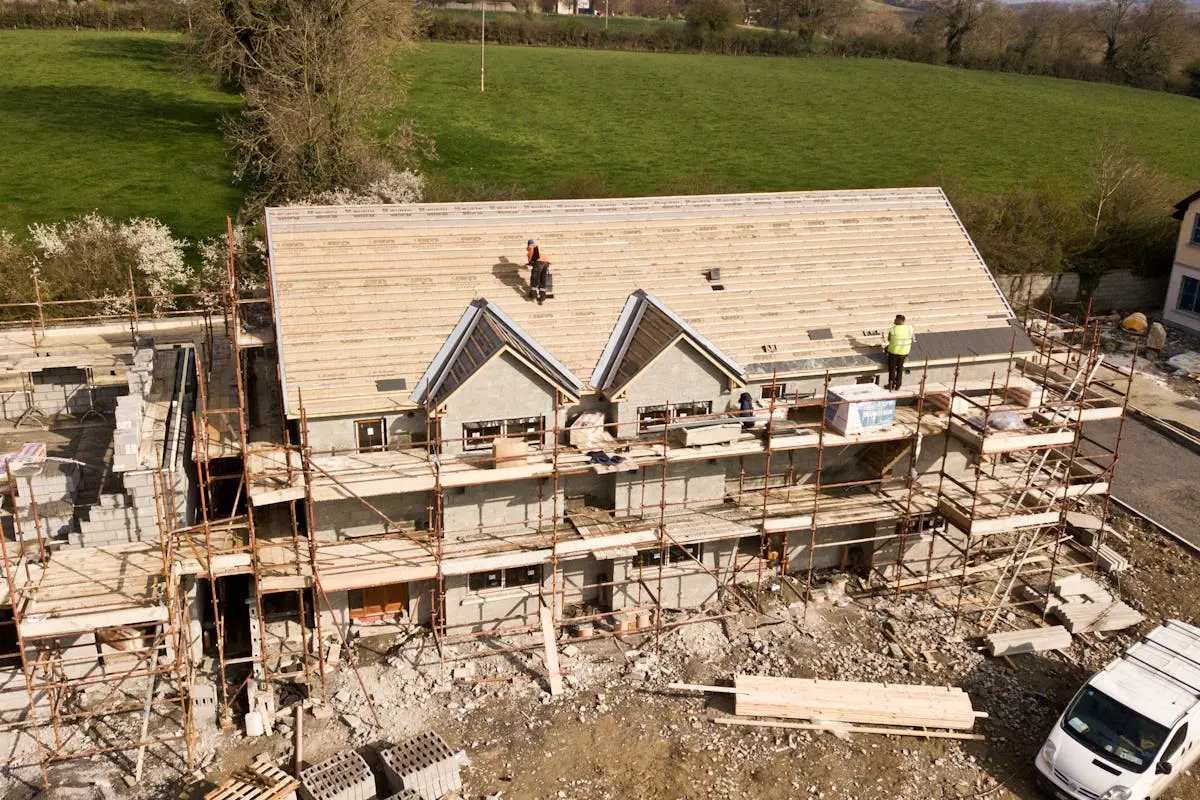
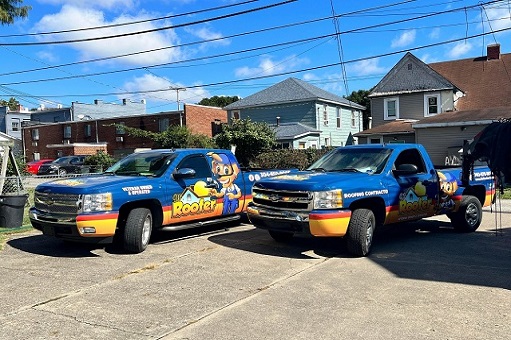
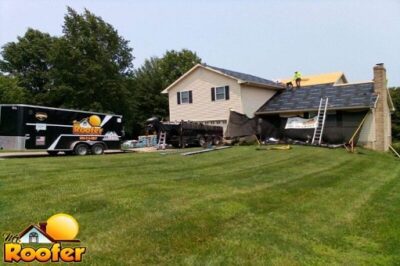
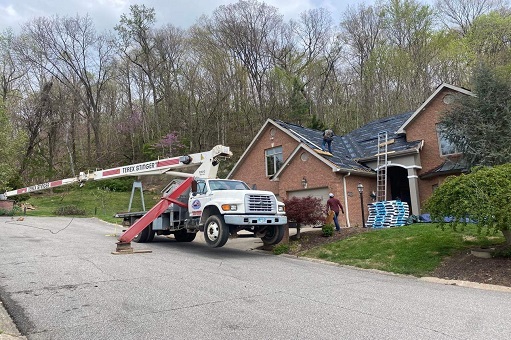
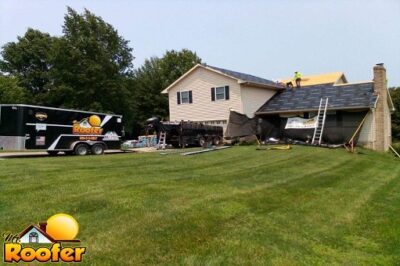
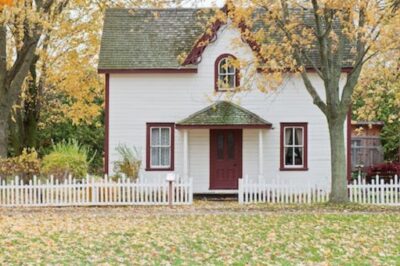
0 Comments